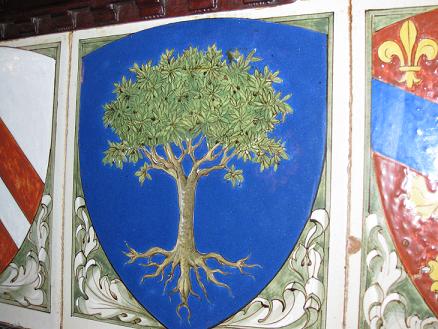The Evidence People
Keep
Using research and evidence as a lever for change at classroom level
This paper explores evidence from thirteen years of support for research and evidence informed practice as a change lever in England. It starts from the proposition that empirical evidence about teacher development has an important role to play in helping understand how the use of research and evidence can support teacher change. There has been extensive development of models for promoting engagement of policy makers and teachers with research based on evidence from knowledge transfer (Oakley 2007) and analysis through the lens of the co-construction of knowledge (Edwards et al 2005). There has also been modest investment in empirical investigation of the use of research and evidence (Sharp et al 2006). But public exploration of these issues from the perspective of what is known about teacher learning, development and change is limited. In arguing that reflecting on teacher change and use of research and evidence as continuing professional development and learning helps to clarify key components within the change process, the paper attempts to fill this gap.
CWDC Good Practice Guide to Practitioner Led Research
CUREE has been commissioned to produce the Practitioner Led Research (PLR) good practice guide for CWDC. This is an interesting development for CUREE as the research has been generated from a wide-range of practitioners including youth workers, educational psychologists, social workers and early years professionals to name a few within the CWDC footprint. The CWDC scheme is now in its fourth year and 250 reports have been produced.
Learning Away Evaluation for Paul Hamlyn
CUREE is working with the Paul Hamlyn Foundation to evaluate the Learning Away initiative. Learning Away aims to support schools across the UK in significantly enhancing young people's learning, achievement and well-being by using innovative residential experiences as an integral part of the curriculum. Ensuring systematic and credible evaluation of the initiative from the start is a high priority.
LSIS Metatagging
The Excellence Gateway (http://www.excellencegateway.org.uk/) is a well established portal offering an extensive range of resources for those working in the post-16 and skills sector in England. CUREE is currently helping LSIS strengthen the organisation and delivery of these resources through a ‘meta-tagging’ project. Information professionals at CUREE categorise resources on the Excellence Gateway according to a range of specified criteria, ‘tagging’ them with keywords and metadata.
School leadership and student outcomes
Identifying what works and why
The general perception among politicians, policy makers and the public at large is that head teachers can make a difference to the progress their students make at school. After all it is often head teachers who pay the ultimate price when schools are deemed to be failing. Whether such a view of the key role of leadership in schools is justified by the evidence is something the authors of this study set out to establish.
The findings are the outcome of a rigorous re-analysis and synthesis of research which explored direct and indirect links between leadership and student outcomes by focusing on:
CUREE Visit Florence
 In November the National Agency for School Autonomy, an agency that work under the vigilance of Italian the Ministry of Education sought help from CUREE to support a large scale project which was likely to include a significant element of peer coaching. Giusy Cannella asked Philippa Cordingley and Alison Halford to visit their base in Florence to share the experiences of the UK system in developing coaching and mentoring. We were also pleased to run a development programme for 20 key staff from the department who will be part of the roll-out of various training programmes for teachers.
In November the National Agency for School Autonomy, an agency that work under the vigilance of Italian the Ministry of Education sought help from CUREE to support a large scale project which was likely to include a significant element of peer coaching. Giusy Cannella asked Philippa Cordingley and Alison Halford to visit their base in Florence to share the experiences of the UK system in developing coaching and mentoring. We were also pleased to run a development programme for 20 key staff from the department who will be part of the roll-out of various training programmes for teachers.
We shared with them the Principles and Concepts from the National Framework for Mentoring and Coaching and we were even able to exemplify the concepts through this lovely image of a tree that we found on a tile in a nearby traditional building!
